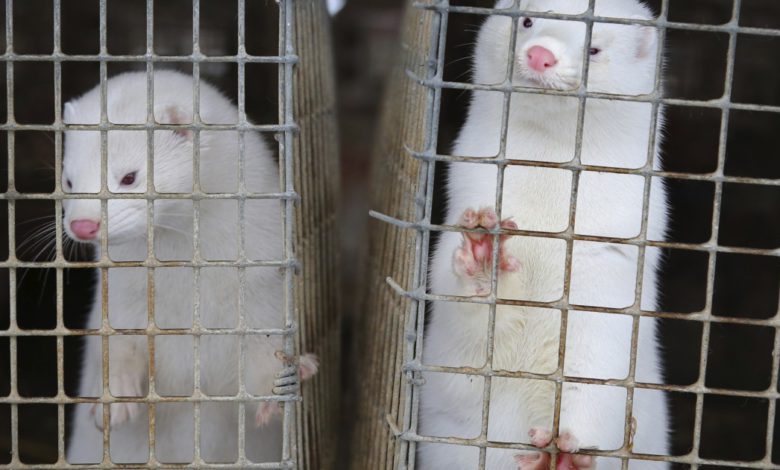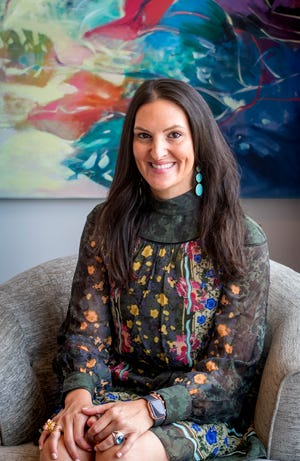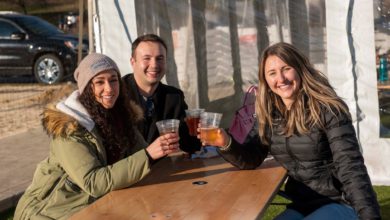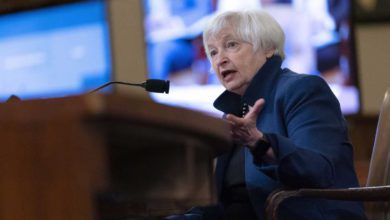
Scientists are still piecing together how the coronavirus spread from animals to humans.
So far, we know the virus likely originated from a bat and somehow jumped to a pangolin before it made its way to humans.
Now, researchers at Ohio State University are taking a closer look at coronavirus transmission, and how it's possible for the virus to jump from humans back to animals.
“So, we're looking in environments like wastewater and storm water. We're also looking at animals around Ohio, from domestic animals to wildlife,” said Dr. Vanessa Hale at The Ohio State University College of Veterinary Medicine.
We've already seen it happen. Mink in Denmark got infected with coronavirus after coming into contact with humans.
The mink got very sick and developed variations that can jump back to humans.
The virus does not need to jump to another species to evolve, but it is more likely to happen.
“The evolutionary pressures may be different in different hosts, so if you have a different body temperature, a different physiology, there may be various pressures that cause various types of mutations in the virus,” said Hale.
Researchers at Ohio State are trying to get ahead and find out more about these types of mutations.
It can help them understand whether a mutation is more infectious, whether there could be future infections, and whether the existing vaccines can fight against them.
Researchers say right now, only mink are playing a significant role in human infection.
It is possible for regular household pets to infect humans and vice versa, but so far, we've seen very low rates of that happening.









